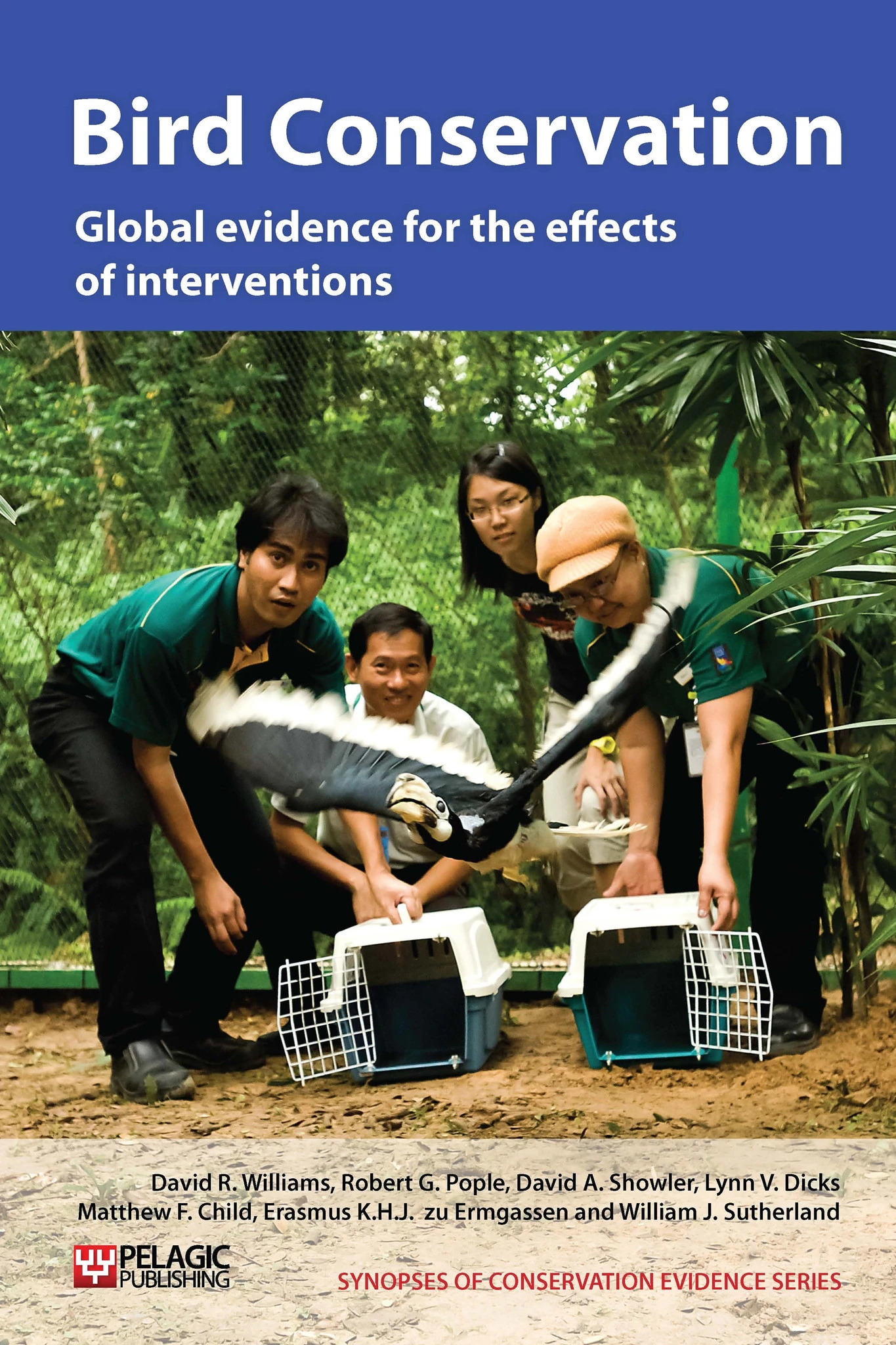Clearcut and re-seed forests
-
Overall effectiveness category Unknown effectiveness (limited evidence)
-
Number of studies: 2
View assessment score
Hide assessment score
How is the evidence assessed?
-
Effectiveness
30% -
Certainty
35% -
Harms
0%
Study locations
Supporting evidence from individual studies
A replicated study in 1991 in Ocala National Forest, an area of sand pine Pinus clausa scrub in Florida, USA (Greenberg et al. 1995), found similar densities and species richness of birds in areas that were clearcut and ‘brake-seeded’ (i.e. direct seeding on to small, machine-made mounds), compared with areas that were burned, or were clearcut with the understorey also mown. Results were similar for the breeding season (389 birds/km2 and five species for clearcut and re seeded areas vs. 581 birds/km², six species for clearcut and mown; 389 birds/km², five species for burned) and winter (894 birds/km2 and 11 species for clearcut and re seeded areas vs. 594 birds/km², ten species for clearcut and mown; 531 birds/km², 12 species for burned). Shrub-nesting species were most abundant in mown plots. In summer, the threatened Florida scrub-jay Aphelocoma coerulescens was evenly distributed across plots, in winter it was found only in re-seeded plots. All management occurred 5-7 years before the study in 1991.
Study and other actions testedA replicated study in 1995-1996 in pine Pinus spp. savanna in South Carolina, USA (Krementz & Christie 1999), found that stands managed for red-cockaded woodpeckers Picoides borealis held fewer scrub-successional species than stands where non-native pines were removed and replanted with longleaf pines Pinus palustris (31-36 species in managed stands vs. 54-55 in replanted stands). However, no differences in survival rates were apparent for Bachman\'s sparrow Aimophila aestivalis (a near-threatened species), indigo bunting Passerina cyanea, and combined scrub-successional birds between stand types. Management for woodpeckers involved tree thinning, midstory tree removal and burning.
Study and other actions tested
Where has this evidence come from?
List of journals searched by synopsis
All the journals searched for all synopses
This Action forms part of the Action Synopsis:
Bird Conservation
Bird Conservation - Published 2013
Bird Synopsis





)_2023.JPG)














